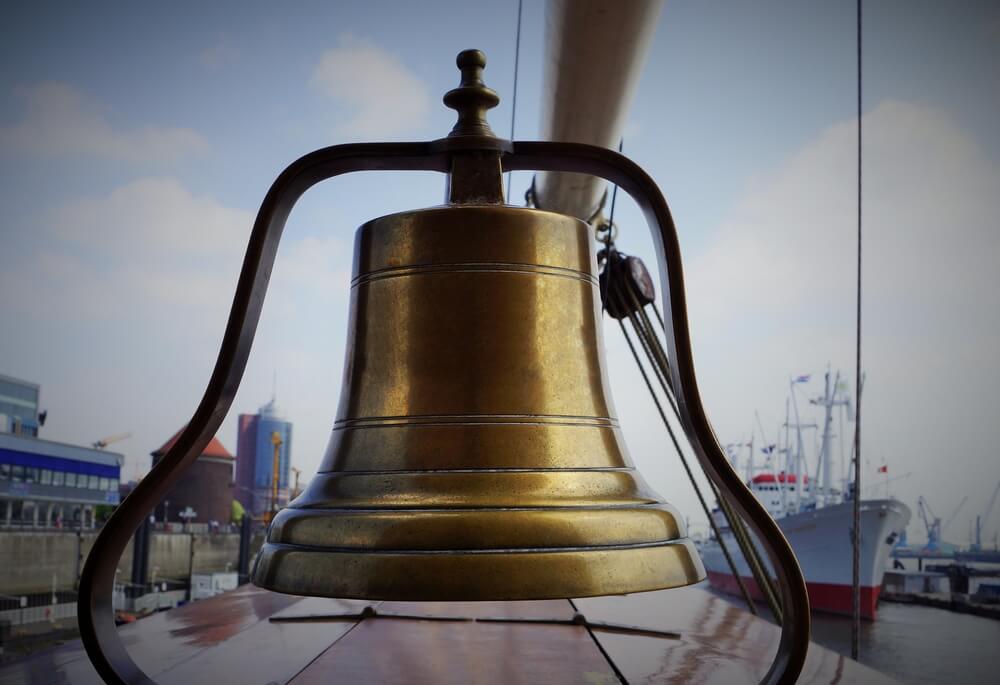
While we will travel all over the United States for our clients, O’Bryan Law is proudly based in Michigan. And up here in the Mitten state, we’ve seen our share of maritime accidents and tragic losses on the Great Lakes, but perhaps none have been as historically meaningful as the Edmund Fitzgerald.
This November marked the 41st anniversary of the wreck and sinking of the Edmund Fitzgerald, one of the largest ships to ever sail the Great Lakes. Named for the president of Northwestern Mutual Life Insurance Company, the company that owned the boat, the vessel sank on the evening of November 10, 1975 during a particularly harsh storm on Lake Superior (the largest and most northernmost of the Great Lakes). The entire crew of 29 workers were lost on board, and the Canadian government has declared the wreckage a heritage site to prevent unauthorized diving or salvaging of the site, and to better honor the lives lost in the sinking of the vessel.
Perhaps one of the reasons why this loss has remained part of the public consciousness for so long, at least for states near the Great Lakes, is that the immediate cause of the sinking has never been completely determined. While it’s generally agreed that extreme weather and poor sea conditions on Lake Superior contributed to the tragedy, experts have debated for decades as to what might have been the specific, principle cause of the sinking. Popular theories include extreme wave conditions, structural failure below decks (perhaps due to unrepaired damage from a collision with a reef during a previous voyage), undetected flooding of the cargo decks, and many more. The families and survivors of those lost in the wreckage may never truly understand what happened, and that might be the greatest tragedy of all.
However, in light of the lives lost, there were several changes made to maritime law that may have helped save the lives of countless others since then. After conducting a survey of the wreckage and the area the wreck occurred, the Coast Guard implemented a series of changes to Great Lakes shipping practice to help prevent further loss of life. Eight of these regulations are still in place today, including the use of survival suits, emergency beacons, and improved navigational charts for many American bodies of water.
Another interesting part of the fallout of the Fitzgerald sinking is the effect it had on admiralty law. Despite technically sailing in Canadian waters at the time of its wreckage (as part of Lake Superior falls under Canadian territory) the sailors and crewmembers of the vessel were all covered by the Jones Act as the vessel was flying the American flag and was owned by an American shipowner. Under the Jones Act, many surviving family members were able to receive financial compensation for the losses they suffered – and while no amount of money can replace what was lost, it’s good to know justice can still be fought for in the world of maritime law.
We, the Jones Act attorneys and maritime lawyers here at O’Bryan Law remember those lost in the wreck of the Edmund Fitzgerald and the loss their families and loved ones have suffered on its 41st anniversary.



